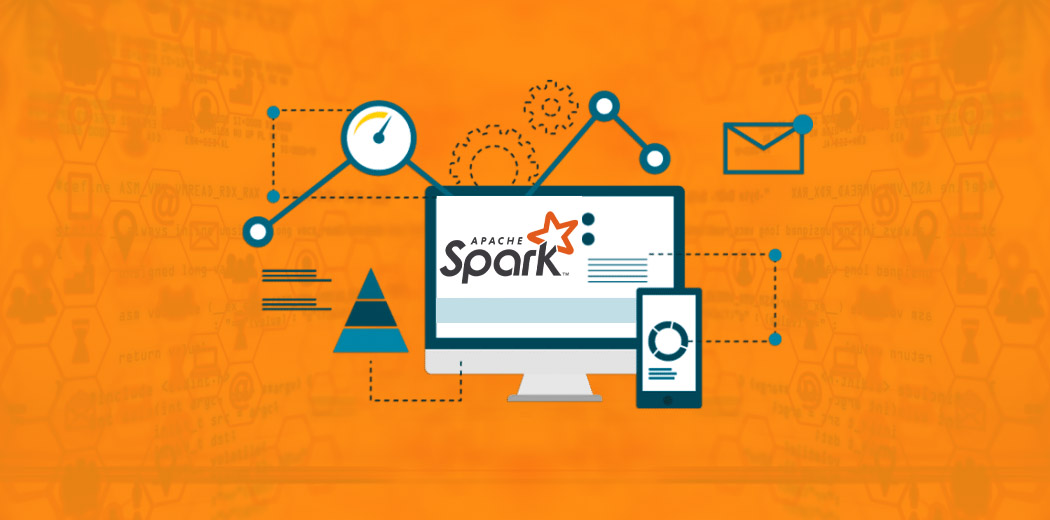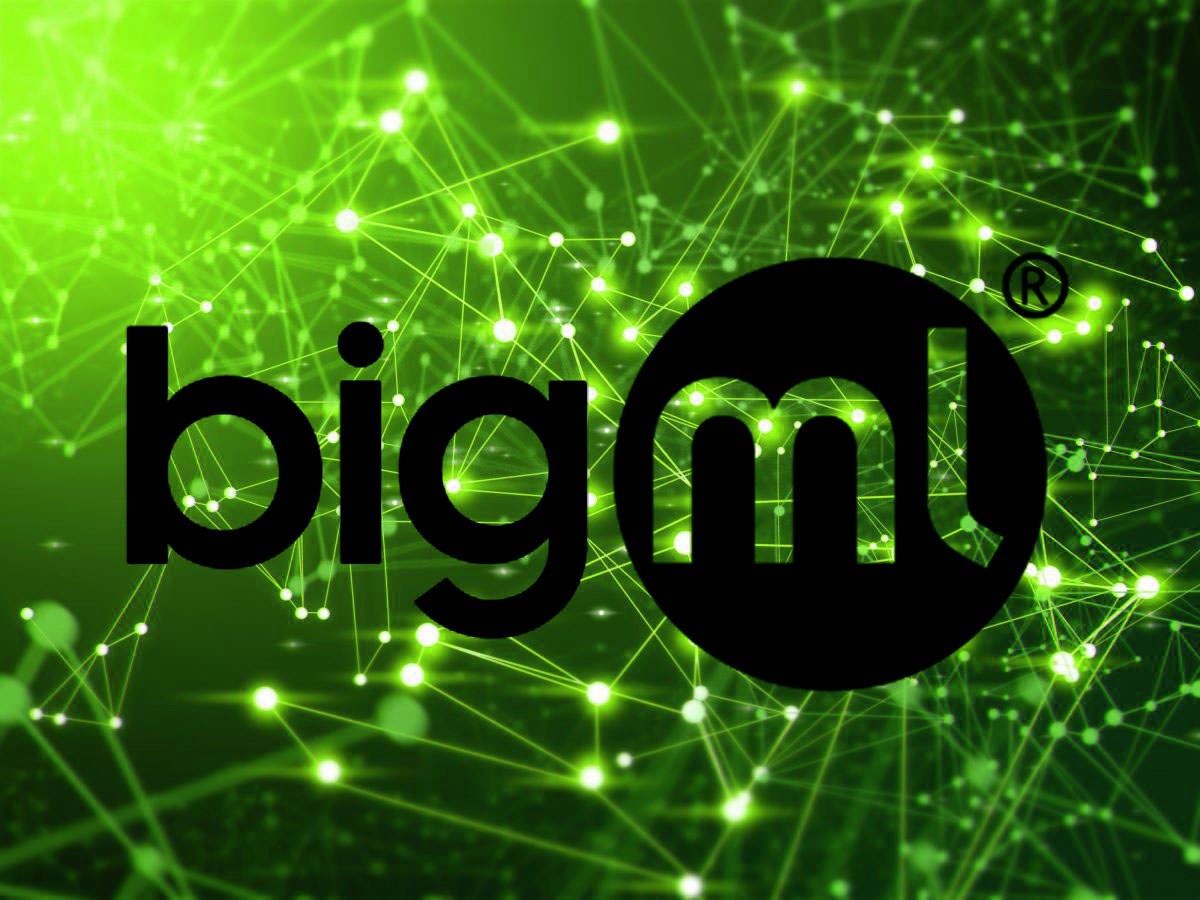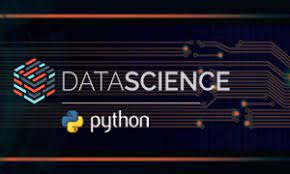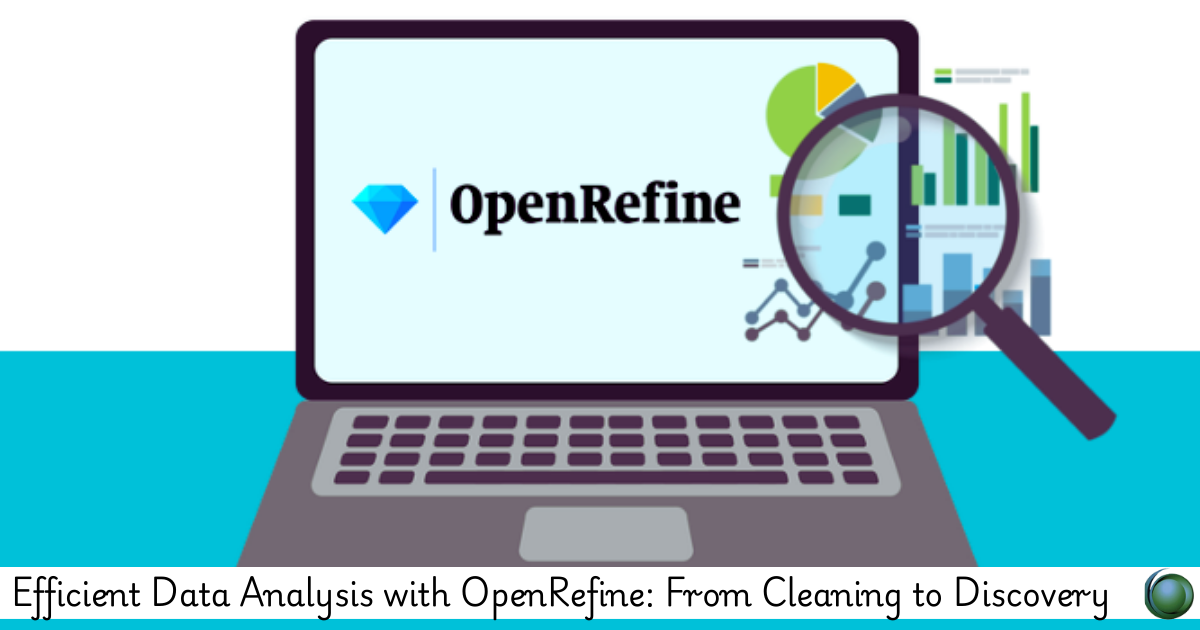Description
Introduction of Apache Spark Applications in Databricks:
This course is designed for data engineers, data scientists, and application developers who want to enhance the performance and efficiency of their Apache Spark applications within Databricks. Spark’s powerful distributed processing capabilities can sometimes lead to performance challenges if not properly optimized. This course will cover best practices and techniques for tuning Spark applications, managing resources, and troubleshooting performance issues in a Databricks environment. Participants will learn how to use Databricks features and Spark configurations to optimize their applications for better speed, scalability, and cost-effectiveness.
Prerequisites:
- Basic understanding of Apache Spark and Databricks.
- Familiarity with Spark DataFrames, RDDs, and SQL.
- Experience with Databricks notebooks and clusters.
- Knowledge of data processing and performance optimization concepts.
- Prior experience with Spark applications or data engineering is beneficial but not required.
Table of Content:
1. Introduction to Spark Application Optimization
1.1 Overview of Apache Spark and its architecture(Ref: Building Data Pipelines with Java and Apache Spark)
1.2 Importance of optimization in Spark applications
1.3 Key performance metrics and goals
1.4 Introduction to Databricks and its role in optimizing Spark applications
2. Understanding Spark Execution Plans
2.1 Overview of Spark’s execution model and DAG (Directed Acyclic Graph)
2.2 Analyzing Spark execution plans with the Spark UI
2.3 Identifying common performance bottlenecks
2.4 Using the Spark SQL Catalyst optimizer
3. Optimizing Spark Jobs and Stages
3.1 Best practices for optimizing Spark jobs and stages
3.2 Configuring Spark jobs for better performance
3.3 Managing stage parallelism and task distribution
3.4 Minimizing shuffle operations and data skew
4. Resource Management and Configuration
4.1 Tuning Spark configurations for performance
4.2 Managing cluster resources and scaling
4.3 Configuring executor and driver settings
4.4 Using Databricks autoscaling and cluster optimization features
5. Data Storage and Access Optimization
5.1 Optimizing data formats and storage (e.g., Parquet, Delta Lake)
5.2 Efficient data partitioning and bucketing strategies
5.3 Caching and persisting DataFrames and RDDs
5.4 Improving data read and write performance
6. Advanced Optimization Techniques
6.1 Leveraging broadcast variables and accumulator variables
6.2 Optimizing joins and aggregations
6.3 Implementing custom Spark UDFs (User Defined Functions) efficiently
6.4 Using machine learning models and MLlib for performance enhancements
7. Performance Monitoring and Troubleshooting
7.1 Monitoring Spark application performance using Databricks tools
7.2 Diagnosing and troubleshooting common performance issues
7.3 Analyzing logs and metrics for optimization insights
7.4 Using Databricks performance dashboards and alerts
8. Cost Management and Optimization
8.1 Managing and optimizing Databricks costs
8.2 Understanding cost factors and resource usage
8.3 Implementing cost-saving measures and best practices
8.4 Analyzing cost reports and optimizing resource allocation
9. Case Studies and Real-World Applications
9.1 Case studies of successful Spark application optimizations in Databricks
9.2 Lessons learned and best practices from real-world scenarios
9.3 Innovative approaches to performance tuning and resource management
9.4 Future trends in Spark optimization and Databricks enhancements
10. Final Project: Optimizing a Spark Application
10.1 Designing and implementing optimization strategies for a sample Spark application
10.2 Applying techniques for performance tuning, resource management, and cost optimization
10.3 Demonstrating improvements and presenting findings
10.4 Reviewing project outcomes and optimization insights
11. Conclusion and Next Steps
11.1 Recap of key optimization techniques and best practices covered in the course
11.2 Additional resources for further learning and certification
11.3 Career advancement opportunities in Spark optimization and data engineering
11.4 Staying updated with Databricks and Spark developments
If you are looking for customized info, Please contact us here







Reviews
There are no reviews yet.